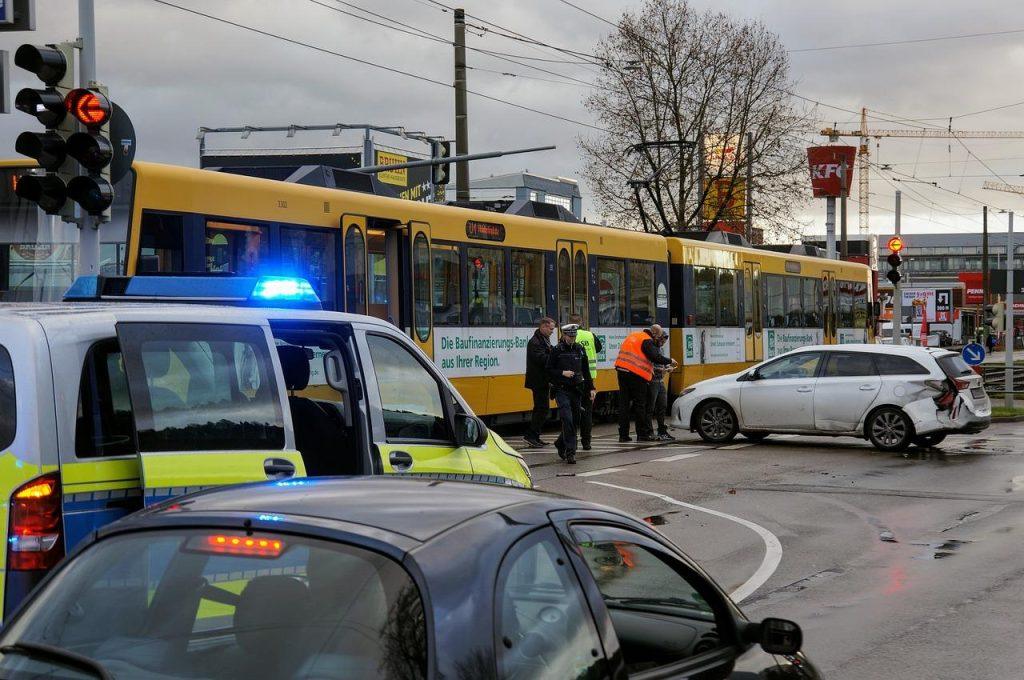Pedestrian accidents can be very serious. They often happen because drivers are distracted, don’t stop for people crossing the street, or are going too fast. If you’re in St. Paul, Minnesota, it’s good to know what to do if this happens to you.

Understanding Pedestrians’ Rights
- Pedestrians Have the Right of Way: Drivers must stop for people crossing the street in St. Paul.
- Comparative Negligence: This is when a pedestrian crosses the street outside of the crosswalk or the street without the walk signal, and then they are hit by a car, both may be found partially at fault.Comparative Negligence: This is when a pedestrian crosses the street outside of the crosswalk or the street without the walk signal, and then they are hit by a car, both may be found partially at fault.
- Steps to Take After an Accident: Call the police, gather evidence, and see a doctor.
Common Reasons for Pedestrian Accidents
- Distracted Driving: This is when a driver is focused, even slightly, on something else while driving. This could include; texting, eating or drinking, or even talking to fellow passengers in the car. Staying alert with your head facing the windshield and both hands on the wheel is important for driving.Distracted Driving: This is when a driver is focused, even slightly, on something else while driving. This could include; texting, eating or drinking, or even talking to fellow passengers in the car. Staying alert with your head facing the windshield and both hands on the wheel is important for driving.
- Failure to Yield: In St. Paul, drivers need to yield to pedestrians and should always slow down approaching an intersection, to be cautious. Drivers need to yield to pedestrians and should always slow down approaching an intersection, to be cautious.
- Aggressive Driving: When someone is intoxicated or under the influence of drugs. Also, the reaction time of people who are drunk/on drugs is significantly slower, and they don’t have the mental comprehension that is needed to make quick and responsible decisions.
- Driving Under the Influence: When someone is intoxicated or under the influence of drugs. Also, the reaction time of people drunk/drugs are significantly slower and they don’t have the mental comprehension that is needed to make quick and responsible decisions.When a driver is intoxicated or under the influence while driving, their reaction time is significantly slower than a sober person and they do not have the mental comprehension that is needed for quick and responsible decisions.
Comparative Negligence, when all parties share some amount of fault within the accident, helps determine fault and rightful compensation in auto accident cases. In St. Paul, Minnesota, there is a rule called “modified comparative negligence rule” (or the 51 Percent Bar Rule). If you are at least 51% at fault, you cannot receive compensation. If you are less than 51% at fault, compensation is given based on fault percentages. For example, if you are awarded $20,000 in damages, but are 20% at fault, you will only get $16,000.
In order for you to receive fair compensation, you need to provide proof that the other person is the majority at fault. This is when you collect police reports, witness statements, and take photos and videos of the scene.
In order to protect your rights after an accident, it is best to file a lawsuit as quickly as possible. Statute of Limitations on pedestrian accidents in St. Paul can range from two years to six years, depending on the variation of the case. Consulting with an accident attorney specializing in car accidents will allow you to have peace of mind and focus on getting better.
Minnesota has several right of way laws for both drivers and pedestrians. Knowing the rules and laws associated will help protect you. For example, drivers must yield to pedestrians on unmarked and marked crosswalks. In contrast, pedestrians should walk on the left side of the road or shoulder and always yield to oncoming traffic.
Knowing what your insurance coverage is will help you as you seek compensation. In most cases, insurance includes personal injury protection and liability insurance. Minnesota is also a no-fault state, which means that drivers can receive compensations under their own insurance policy regardless of the “at fault” determination.
What to Do After an Accident
Call the Police: Immediately after the accident you should call the police or 911 so there is an official accident report. This helps you when insurance companies begin to ask for details of the accident.
Collect Evidence: While the police are communicating with the involved parties, and potentially witnesses, you should take pictures and videos of the scene. Having photo and video evidence of the accident will help your insurance company determine the cause.
Get Medical Help: Following the accident, after speaking with the police, you should go see a doctor even if you are not hurt right away. Pain and residual damages may not always show immediately upon impact. It is best to have a full exam conducted following the accident so that insurance has the evidence they need and you can support your claims.
Talk to a Personal Injury Lawyer: A lawyer can explain your rights and help you with the money you deserve as well as guide you through the process of the claim. This will also relieve some stress off you as you focus on healing.
Conclusion
Frequently Asked Questions
What should I do if I am in a pedestrian accident in St. Paul?
- Call the police, exchange information and gather evidence, and seek medical help right away.
Do I need a lawyer?
- Having a lawyer can help you understand your rights and get the compensation you deserve.
What are the pedestrian laws in St. Paul?
- Pedestrians have the right-of-way in crosswalks. Drivers must stop for them.
What kind of compensation can I get?
- It depends on the case and the outcome.
How long do I have to file a claim?
- You usually have 2 years from the date of the accident, but can last up to 6 years depending on the variation of the case.
Can I get compensation if I’m partly at fault?
- Yes, in Minnesota, you can still get money even if you are partly to blame. Your amount may be less based on your fault.
